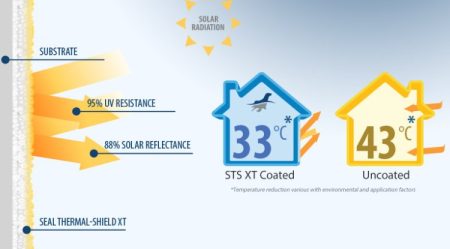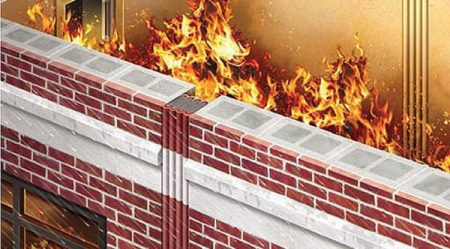Balancing Safety and Efficiency Radiation Isolation Measures
Radiation is a constant presence in various industries, from nuclear power plants to medical facilities and aerospace applications. While radiation plays a crucial role in many processes, it also poses significant risks to human health and the integrity of equipment and systems. Balancing safety and efficiency is a top priority when it comes to radiation isolation measures. This article explores the importance of implementing effective radiation isolation measures, considering the potential risks and benefits, and finding the right balance between safety and operational efficiency.
Contents
Understanding Radiation Isolation Measures

Radiation isolation measures are designed to minimize or eliminate the exposure to radiation. These measures aim to protect individuals, equipment, and the environment from the harmful effects of radiation. However, it’s important to strike a balance between safety and operational efficiency to ensure that radiation isolation measures do not hinder productivity or unnecessarily restrict operations.
1. Regulatory Compliance and Standards
- Adherence to Regulations: Following national and international regulations and standards is crucial to ensure the safe operation of facilities and the protection of workers and the public.
- Radiation Protection Programs: Implementing comprehensive radiation protection programs that include regular monitoring, training, and the use of appropriate personal protective equipment (PPE) is essential.
2. Engineering Controls and Design Considerations
- Shielding and Containment: Employing effective shielding materials, such as lead, concrete, or borated polyethylene, can significantly reduce radiation exposure levels.
- Controlled Access and Restricted Areas: Establishing controlled access zones and restricted areas helps limit the exposure of personnel to radiation and ensures that only authorized individuals enter high-risk areas.
3. Personnel Training and Safety Culture
- Radiation Safety Training: Providing comprehensive training programs to educate workers on radiation risks, safe work practices, and emergency procedures is vital for maintaining a strong safety culture.
- Ongoing Safety Awareness: Regular safety briefings, reminders, and communication channels ensure that radiation safety remains a priority and that personnel remain vigilant in adhering to safety protocols.
4. Advanced Monitoring and Detection Systems
- Real-time Monitoring: Installing advanced radiation monitoring systems that provide real-time data on radiation levels allows for prompt response and immediate actions to mitigate risks.
- Dosimetry and Personal Monitoring: Equipping personnel with dosimeters and personal radiation monitoring devices helps track individual exposure levels and ensures compliance with safety guidelines.
Frequently Asked Questions
Q1: What are radiation isolation measures? A1: Radiation isolation measures refer to a set of practices and techniques implemented to minimize or eliminate exposure to radiation and protect individuals and equipment.
Q2: Why is balancing safety and efficiency important in radiation isolation? A2: Balancing safety and efficiency ensures that radiation protection measures are effective in safeguarding health and equipment while allowing for smooth operations.
Q3: What role do regulations play in radiation isolation measures? A3: Regulations provide guidelines and requirements that facilities must follow to ensure the safe use and handling of radiation sources.
Q4: How can engineering controls contribute to radiation isolation? A4: Engineering controls, such as shielding and controlled access areas, reduce radiation exposure by physically preventing or limiting access to high-risk areas.
Q5: Why is personnel training crucial in radiation safety? A5: Personnel training promotes awareness, understanding, and adherence to radiation safety practices, contributing to a strong safety culture and minimizing risks.
Do not forget to read our article on Effective Radiation Isolation Methods.





